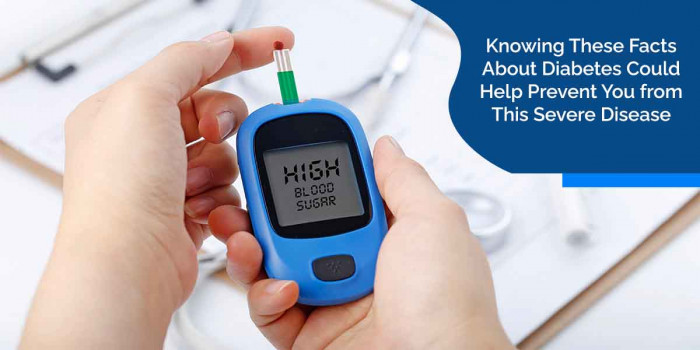12 Great Ways to Check & Distinguish the Real Honey from the Fake One
These days, it is hard to find a food product in pure form. Honey is a great alternative to sugar and is commonly adulterated when found in the supermarket. Here’s how to identify.
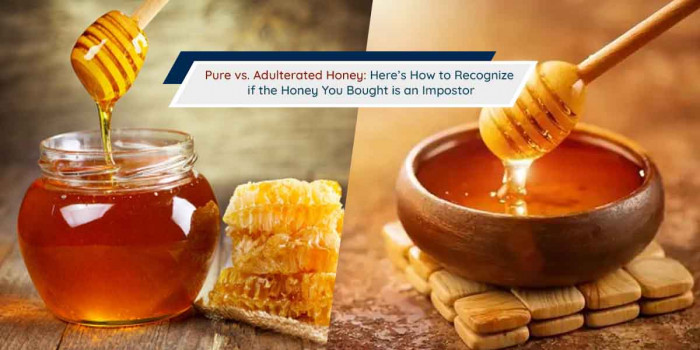
Nowadays, when you go to buy different products from the supermarket, most of them are found to be adulterated as when the food quality inspectors examine in the labs, the products fail the tests.
Did you know that honey has fake counterparts? Different pests and diseases affect bees in several parts of the world, and it has led to a shortage of money and thus the development of cheaper alternatives. These are widely practiced and distributed. As a result, we consumers are likely to end up buying golden syrup, assuming it to be real honey.
Check out here what is pure & adulterated honey and some simple ways to differentiate real honey from fake one.
What is Organic or Real Honey?
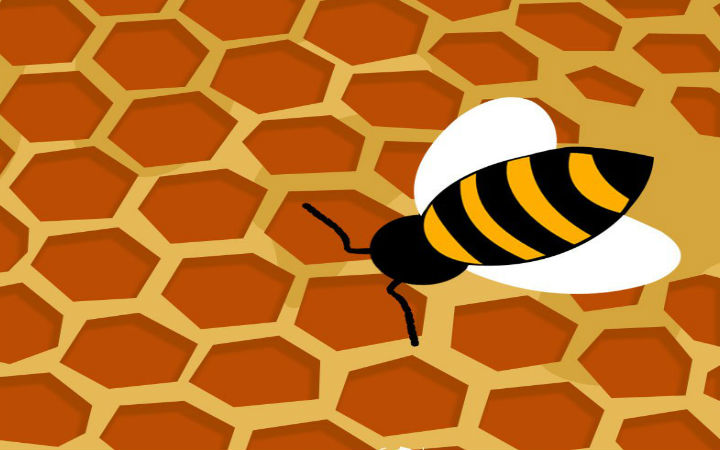
Organic and natural honey is derived from honeycombs made by bees. Honey is mainly created from plants' nectar and serves as the bees’ meal for winter. The bees use their long tongues like straws to suck the nectar out of flowers and stores it in honey stomachs. They visit near about 100-1500 flowers to fill their stomachs, return to the hive, and pass the nectar onto other worker bees.
These bees chew the nectar and pass it to other bees until its moisture content is reduced. In the chewing process, the enzymes of bees break down complex sugar in nectar into simple sugar. That makes it more digestible for the bees and less likely to be attacked by bacteria when stored within the hive. The chewing process also imbues honey with anti-bacterial properties.
The honey is finally placed in storage cells and capped with beeswax. It is estimated that it takes 300 bees nearly three weeks to collect 450g of honey. A hive contains 40,000 bees. Though the honeybees live only for 6-7 weeks, they work continuously to make honey for their hive.
What is Fake or Adulterated Honey?
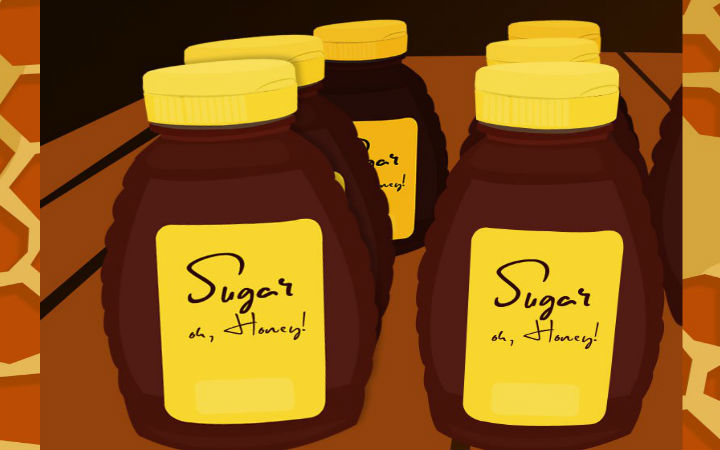
Fake honey is industrially prepared, synchronized, and manufactured for extensive consumption. Some non-honey properties are served by sweetening, thickening, and darkening agents.
What makes it all frustrating and alarming? It is heated at a high temperature that destroys all the nutrients it originally had when extracted from the hive. After the heat blast, it is diluted with water (cheaper for producers) and then sweetened to make it look like natural honey.
Apart from non-healthy sweet syrups (such as corn syrup), sugars, dextrose, flour, and molasses, the artificial honey is integrated with sawdust and sands. Further, the valuable pollen is removed through a fake honey production process, which leads to the loss of nutritional value.
How to Check if the Honey You Bought from Supermarket is Real or Not?
For you to ensure that you have purchased the original honey, here are some simple tests.
1. Vinegar Test
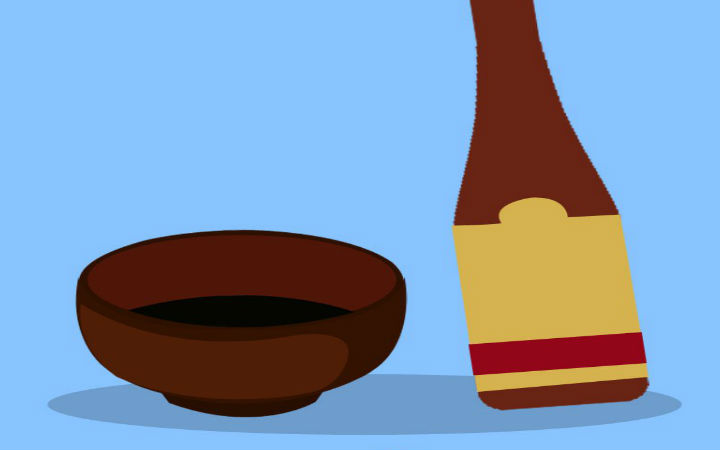
Take a few ml of honey, add 2-3 drops of vinegar essence to it, and mix it well. If the mixture becomes scummy, the honey is artificially manufactured. Why? Sugar and elements other than honey can react to the acidic elements of vinegar, making the entire thing foamy.
2. Thumb Test
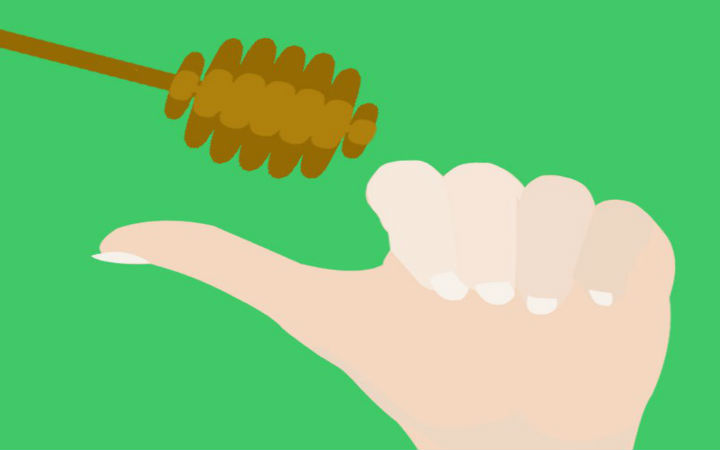
It is perhaps the simplest way to differentiate the original from the fake. Put a drop of honey on a marked area of your thumb, and then notice. Do you see the liquid fall or spread out somewhere? If you do, that’s fake! If it stays intact, it’s real.
3. Mix it with Water
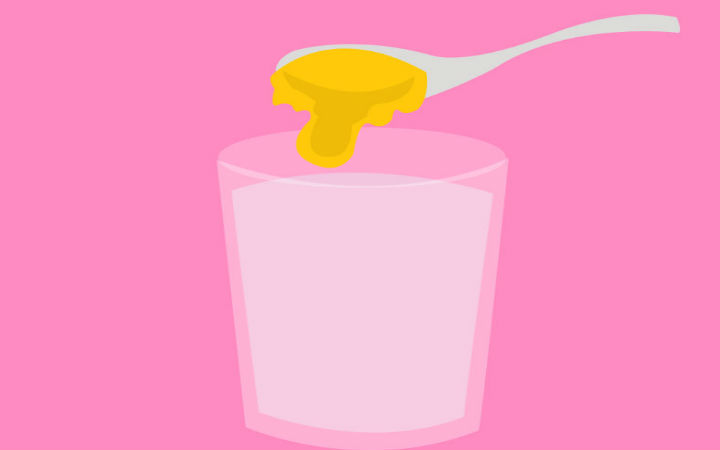
Take a tablespoon of honey and then pour it into a glass of water. Original honey will settle down at the bottom, and lumps are formed. And if it dissolves quickly, then it’s artificial as the real one requires some stirring.
When methylated spirits and honey are mixed in equal amounts, pure honey settles at the bottom. The same solution turns milky when honey is pure.
4. Heat and Fire Test
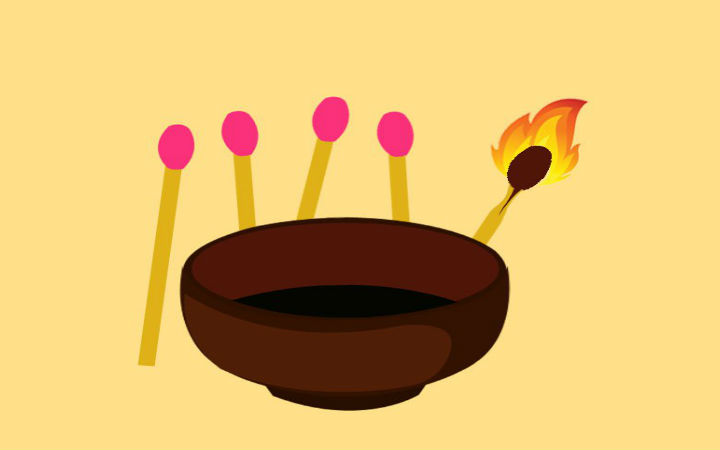
For this type of test, you will require a matchstick and some source of flame triggers. You only have to dunk the phosphorus end of that stick into the honey and then place it in the fire.
If it lights easily, it is pure. Why? Real honey is considered to be a flammable component. In the case of artificial honey, it won’t light up due to moisture presence.
If it caramelizes quickly but does not make foam upon heating, it means that honey is original. Otherwise, it’s fake as impure honey forms foam when heated due to added sugar, moisture, and water.
5. Taste Test
Real honey is beautifully sweet and often combines flavors from different flowers and herbs. The fake honey tastes sweet but does not have the rich natural sweetness of real honey and only a mild honey-like taste.
6. Blot Test
Use a blotting paper to check if the honey is diluted with water and add a few drops over it. Both kinds of honey- pure or impure- get absorbed, but impure honey leaves a wet mark. Pure honey does not leave the white piece of cloth stained, but impure honey does get stained.
7. Stickiness Test
Pure honey is not sticky when you rub it between fingers, while adulterated honey is fairly sticky due to the high amount of added sweeteners and additives.
8. Thickness Test
The adulterated form of honey is light and flows inside the jar or container. The pure one, on the other hand, is dense and may take time to move from one side to another.
9. Aroma Test
In the case of pure honey, experienced people can identify the mild aromas of certain flowers and wild grasses. But the impure honey does not have any aroma or may have an industrial, foul smell.
10. Impurity Test
Surprisingly, the honey without any impurities is adulterated. The pure honey would rather have impurities like pollen, dirty-looking particles, and bee body particles.
11. Bread Spread Test
Pure honey, when spread on a bread slice, bread would harden in a few minutes. The impure honey would wet and moisturize the bread slice as it has moisture and additives.
12. Egg Yolk Test
If pure honey is poured on egg yolk, the yolk would appear to be cooked when the mixture is stirred. The fake honey does not affect the yolk when this process is carried out.
Conclusion
Consider buying local honey from a nearby apiary or directly from the producer. And if you’re buying it from the supermarket, ensure checking for additives on the ingredients label on the jar/container.
As sugar offers empty calories, it has been widely known that honey has several healing and health benefits, which makes it favorable for humans. It has incredible antioxidants and anti-inflammatory properties and can benefit you with its nutritional value, but make sure the honey you buy is pure and unadulterated.
Popular Posts
10 Amazing Lessons You Should Learn From Mr Olympia Jeremy Buendia
Jeremy Buendia is an fitness inspiration for people from all over the world, there is a reason why he has been so successful at what he has been doing. Don’t look for the reasons take some lessons from the fitness sensation right here, that can change your lives.
Ethan Stephans
Why Are Pubic Hair Thicker Than Body Hair?
As children we always had several questions about our bodies, which were alien to us, this post is to serve a decade-long curiosity of young boys/girls about their pubic hair and its texture.
Augustus Perez
7 Sleeping Tips That Every Woman Should Follow During Pregnancy
Pregnancy is not easy. Pregnant women experience a lot of changes in their bodies, like increased stomach size, frequent urination, and sleeping discomfort.
Still Unfold







